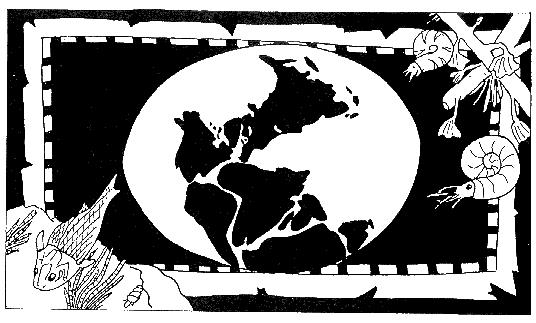








History of B.C.

The Formation of Pangaea

It wasn't until the later Permian period that British Columbia was officially born, when bits of it came above the sea. This is when the super-continent Pangaea was formed as a result of Laurussia merging with Gondwana, stretching from pole to pole. Most of British Columbia was under water except the peaks of mountains and a bit of southern British Columbia/Alberta. There was only one ocean on the earth, known as Panthalassa. Because Pangaea was one huge landmass, distances from the centre of it to the sea were large. This led to a change in climate and widespread deserts, but also brought about animals large enough to travel across Pangaea, and live out of the sea for extended periods of time. These animals were reptiles, not amphibians. They developed a new type of egg, which could be laid on land, and would provide nourishment and protection to the fetus. Towards the end of the period, large mammal-like reptiles spread across the continent.
A mass extinction occurred about 248 million years ago, and was the greatest extinction ever recorded in Earth's history. A fall in the sea level led to a reduction in the size of the shallow sea, reef environments. With their dwellings destroyed, 90-95% of marine species were wiped out. Trilobites, tabulate corals, and rugose corals became completely extinct. Large numbers of bryozoans, brachiopods, sponges, and crinoids also vanished.